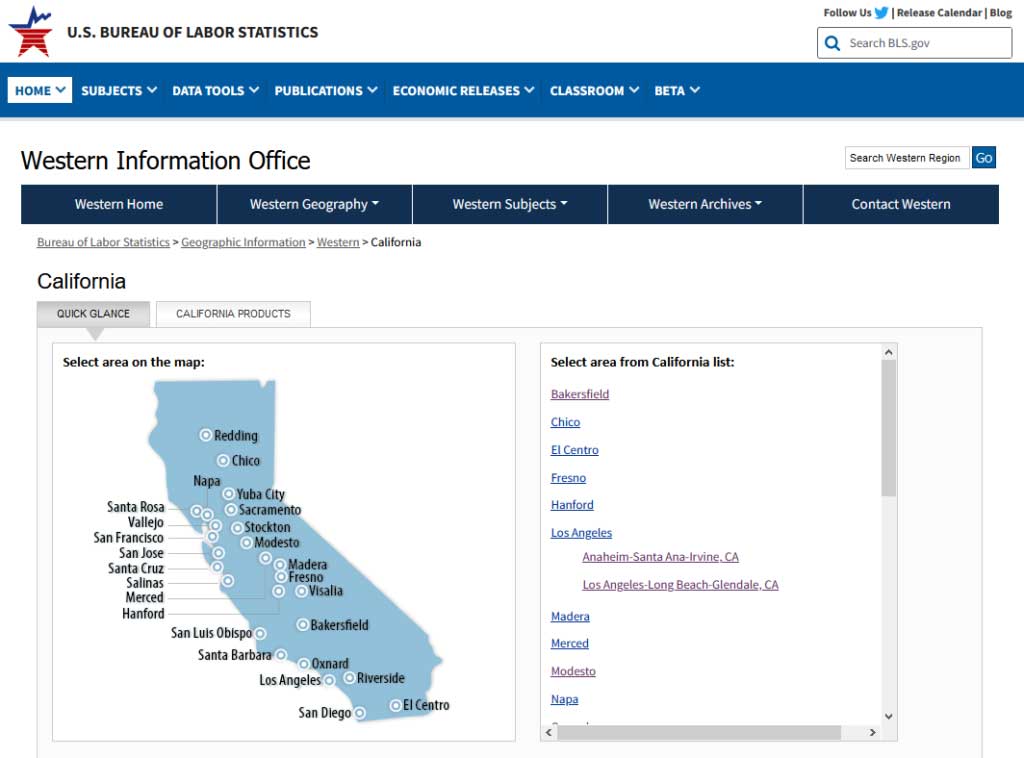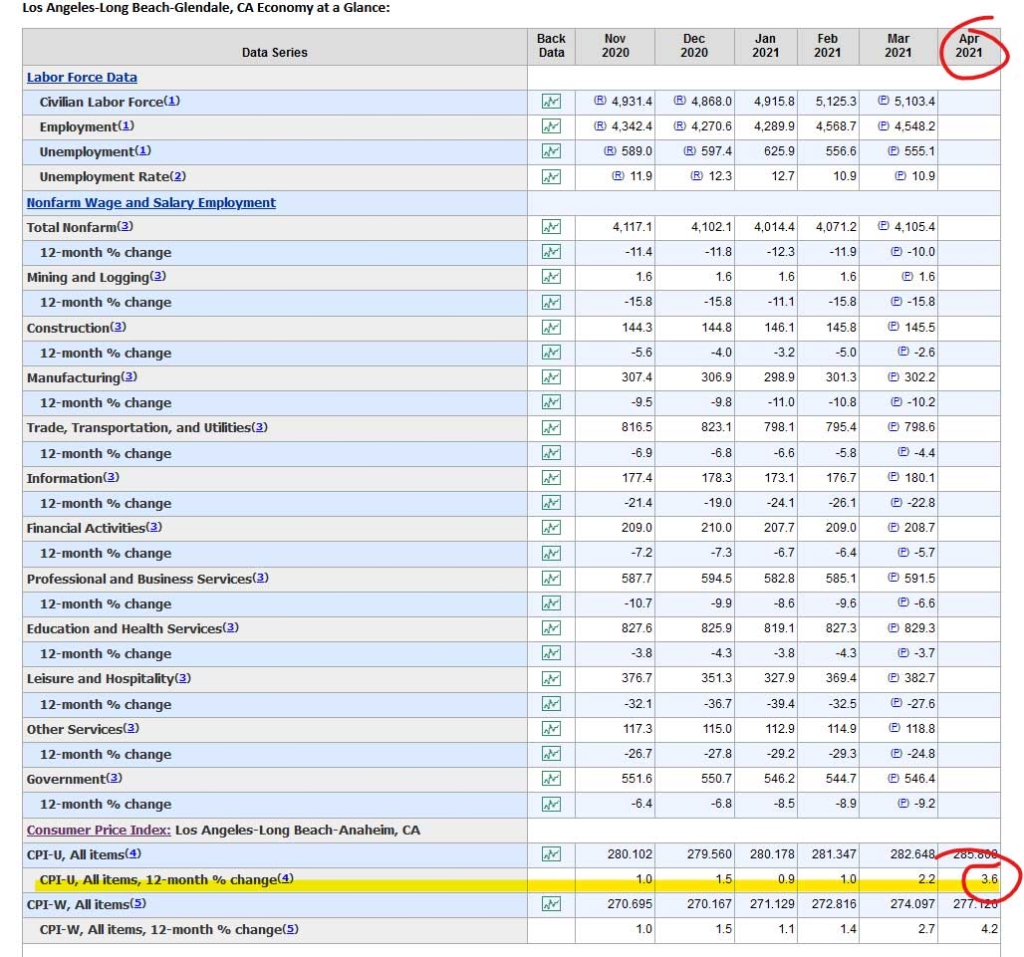How much can a landlord raise rent in California? It’s a common question that we get from landlords and tenants alike. However, the answer is not as straightforward as you might think! Today we’ll be covering everything you need to know about how to figure it out.
California, with its 40 million inhabitants, is home to one out of every two renters. Rent prices in California have steadily increased over the last 20 years, and as a result, the state has become one of the most expensive places to live. Skyrocketing rents combined with dwindling middle-class jobs and the global COVID-19 pandemic have forced the State of California to enact a series of policies to maintain affordable housing for low- and moderate-income tenants. Starting January 1, 2020, a new set of laws took effect in California that limited evictions and rents.
What is the minimum a landlord in California can raise rents?
One of the main reasons landlords raise rents every year is to keep up with annual inflation in the United States. Inflation as measured by the consumer price index reflects the annual percentage change in the cost to the average consumer of acquiring a basket of goods and services. This inflation rate varies every year between 1% to 4%.
The Tenant Protection Act of 2019, also known as AB 1482, permits annual rent increases of 5% plus the CPI per year, up to 10%. However, there is no minimum amount a landlord is required to raise rent every year.
There are exemptions to this policy. Certain properties are not subject to AB 1482, and landlords can raise rent however much they please.
Which properties are exempt from rent control?
These properties are exempt from the Tenant Protection Act of 2019:
- Single Family Homes and Condominiums as long as they are NOT owned by a corporation, a REIT (real estate investment trust), or an LLC where one member is a corporation.
- Any duplex where the owner occupies the unit
- Mobile homes
- School and college dormitories
- Hotels
- Rental properties built within the past 15 years, including accessory dwelling units
- Rental property provided by non-profit organizations
- Rental property subject to pre-existing local ordinances
If a rental property is falls under any of these situations, the landlord must provide a notice of exemption from AB 1482 to their tenants. Landlords with properties that are not subject to rent control laws can increase their rents as much as necessary.
We still urge landlords and tenants to double-check with their local city laws as some cities, which have had rent control laws in place before AB 1482, have special restrictions.
What is the maximum a landlord in California can raise rents?
The answer to this question is quite complex. Every rental property in California (that is not exempt from AB 1482) can have an annual rent increase of 5% plus the annual CPI (Consumer Price Index) percentage change. The CPI is a measure, published by the US Bureau of Labor Statistics, of the average change over time in the prices paid by urban consumers for a market basket of consumer goods and services , which is basically a measure of inflation in the economy.
The lawmakers of AB 1482 decided that the CPI percentage change should be based from April 1st of the prior year to April 1st of the current year for the region where the property is located. What this means is that:
- there are different CPI indexes available for different cities and regions in the United States,
- and in order to calculate the maximum amount landlords can increase rent in your area (5% plus CPI),
- you must use the April CPI for your city in California.
Here is how you can simply determine the April CPI of your city:
For example: A landlord has a unit that rents for $1,000 per month in Long Beach, California and has just decided to increase rents today (May 2021). This landlord can increase the rent by a minimum of 5% to $1,050 per month. However, if the landlord wants to increase the rent to the maximum legal amount, they will need to determine the April 2021 CPI for Long Beach, California.
- In order to determine the CPI of a specific city, go to the US Bureau of Labor Statistics website.

- Click the nearest Metropolitan Statistical Area to your local city. California has a total of 26 MSA regions under which all of its counties and cities fall into.
- Scroll down until you see a table with various data sets and find the row “CPI-U, All items 12 month % change“. That is the CPI number we will be using for our calculation.

- Add 5% (the minimum allowable rent increase) to your CPI number, and that is the maximum allowable rent increase for your type of property in your city.
Based on our example, from May 12, 2021 to May 12, 2022 (or until the new April 2022 CPI is released), the maximum allowable rent increase for rental properties in Long Beach, is 8.6%. It’s important to note that the US Bureau of Labor Statistics releases their April CPI data in May.
Important Note: This calculation of (5% + April CPI) applies to most situations. However certain cities in California, which have had rent control in place before 2020, may have slightly different rent control laws. So make sure to double-check with your local city for more accurate information.
What other resources could I use to determine how much landlords can legally raise rent in California?
The next best resource for tenants or landlords curious about rent increase limits would be local apartment associations. Below is a list of some major apartment associations in California that you can reach out to:







